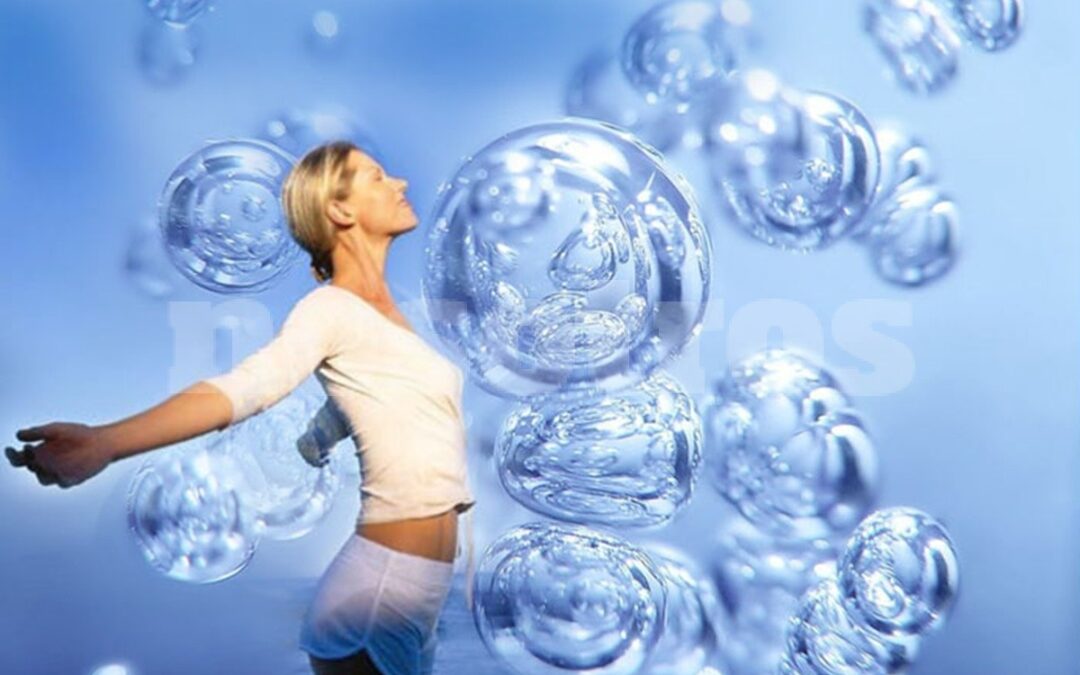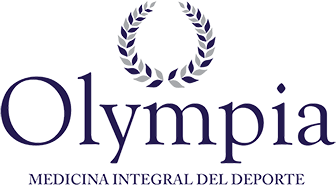
Ozone therapy for the treatment of herniated discs and low back pain
Lumbago (low back pain) is one of the pain syndromes that most frequently affect the working population. Low back pain is a very common pathological entity throughout the world, and our environment is no exception, since in Mexico musculoskeletal conditions rank as the fourth cause of consultation at an institutional level, and within this category, low back pain occupies the first place.
The main risk factors for low back pain have been the following: history of low back pain, insufficient overall physical fitness, smoking, poor development of dorsal muscles, lifting heavy objects, spondyloarthrosis, spondylolisthesis, scoliosis, joint hyper-elasticity, abdominal muscle weakness, height and overweight.
90% of low back pain cases are attributed to mechanical alterations of the vertebral structures, most of which are nonspecific (mechanical or nonspecific low back pain).
Within the types of low back pain there are those that are caused by compression of the interverbal discs. The intervertebral discs are the discs that separate the vertebrae from the spinal column. Each forms a cartilaginous cushioning that allows slight movements of the vertebrae and acts as a ligament that holds them together.
Herniated Discs is the pathology in which the intervertebral discs move from their normal position, pressing the nerves that pass along the spinal cord, causing pain that is generally moderate to intense.
Ozone is a strong oxidizing agent, if injected into the paravertebral muscles, it stimulates the production of antioxidant enzymes, and neutralizes the toxic products released by the rupture of the nucleus pulposus that produce inflammation of the nerve.
During ozone discolysis, its injection into the intervertebral disc accelerates the degradation of polyglucosides in the degenerated nucleus pulposus, which leads to its reabsorption and dehydration, with the consequent reduction in the volume of the herniated material, which has been responsible for nerve compression.
The results are like those of surgery, good in 80% of patients, with the advantage that it is ambulatory, with local anesthesia and practically painless. This system can also be used in the treatment of Cervical Disc Herniation and has the advantage over Laser Discectomy that it can be used with excellent results on extruded discs in the spinal canal.
With the ozone therapy technique, satisfactory results have been achieved in 98% of the patients who have received this treatment.
